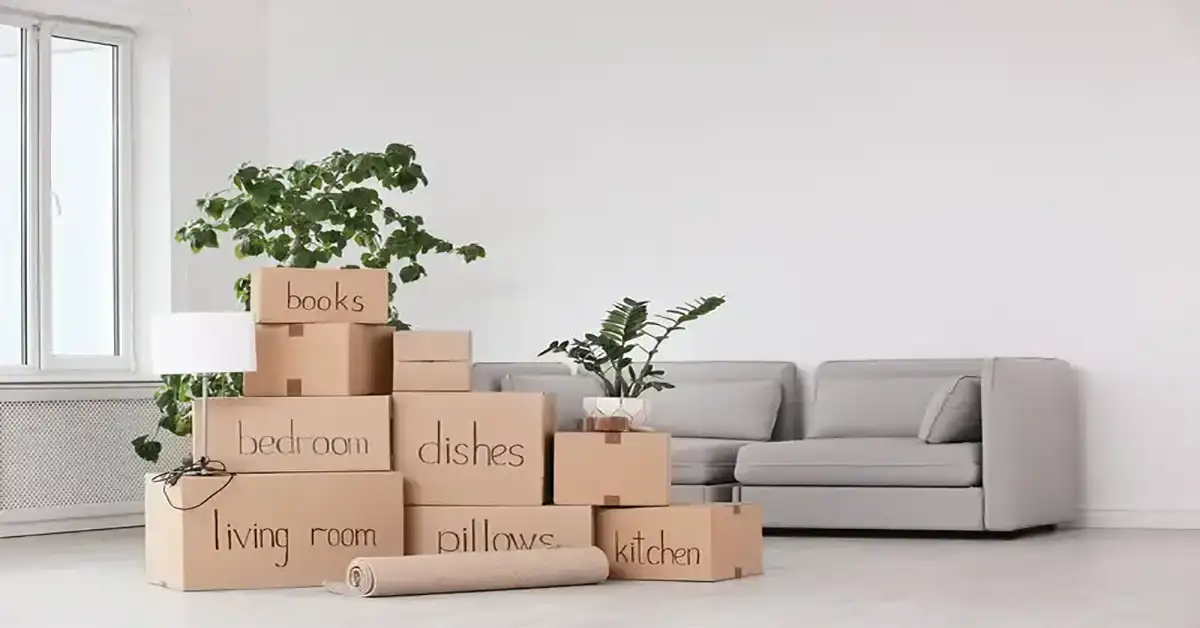Assess Before You Store
Furniture is not just wood and fabric. It holds value—financial and sentimental. Storing it correctly means starting with a full assessment. Take stock of what’s worth keeping, what needs repair, and what should be sold or donated.
Check each item for structural stability. Disassemble where possible—legs from tables, cushions from couches. Smaller components mean more efficient use of space. Protect fragile elements like glass with padding. Label each part and keep screws in clearly marked bags. The organisation now prevents chaos later.
Choose the Right Storage Type
Not all storage is equal. Climate-controlled units are best for wood, leather, and antiques, as fluctuating temperatures and moisture can cause swelling, warping, or mould. Look for a space with steady ventilation and humidity control.
Key traits of a good storage unit:
- Dry, clean floors
- No direct sunlight exposure
- Strong security systems
- Easy access with trolleys or lifts
Match the unit size to your inventory. Overcrowding leads to damage. Leave walkways to inspect items or retrieve essentials without unpacking everything.
Prep Each Item with Care
Preparation makes the difference between preserved and ruined furniture. Clean every piece thoroughly before storage. Dust, oil, and food residue attract pests and encourage rot.
For wood, use a mild soap solution and a soft cloth. Leather needs conditioner to stay supple. Fabrics should be vacuumed and protected with covers. Avoid plastic sheeting—it traps moisture. Instead, opt for breathable materials like cotton or linen sheets.
Use padded blankets to cover sharp corners. For added protection, raise items on pallets to keep them off the floor. If leaks occur or floors flood, furniture stays dry.
Maximise Space Without Risk
Efficient packing reduces storage costs but must never compromise the integrity of your items. Stack only where it’s safe. Heavy objects should stay low, and light, sturdy items go up top.
Create zones by material:
- Wood in one area
- Upholstery in another
- Glass and mirrors in protected, upright positions
This method ensures proper ventilation and prevents items from pressing against one another. It also makes access simpler if a single piece needs to be retrieved.
Keep It Safe, Keep It Simple
Smart furniture storage blends caution with strategy. Avoid overthinking, but never underestimate the details. Inventory lists help track what’s inside, and photos offer proof of condition before storage. Place a copy of the list inside the unit and keep another digitally.
Proper furniture storage is an investment in peace of mind, whether for the long term or short term. It saves money, avoids repairs, and preserves the things that matter. Done right, your furniture will be ready the next time it’s needed—clean, safe, and intact.


